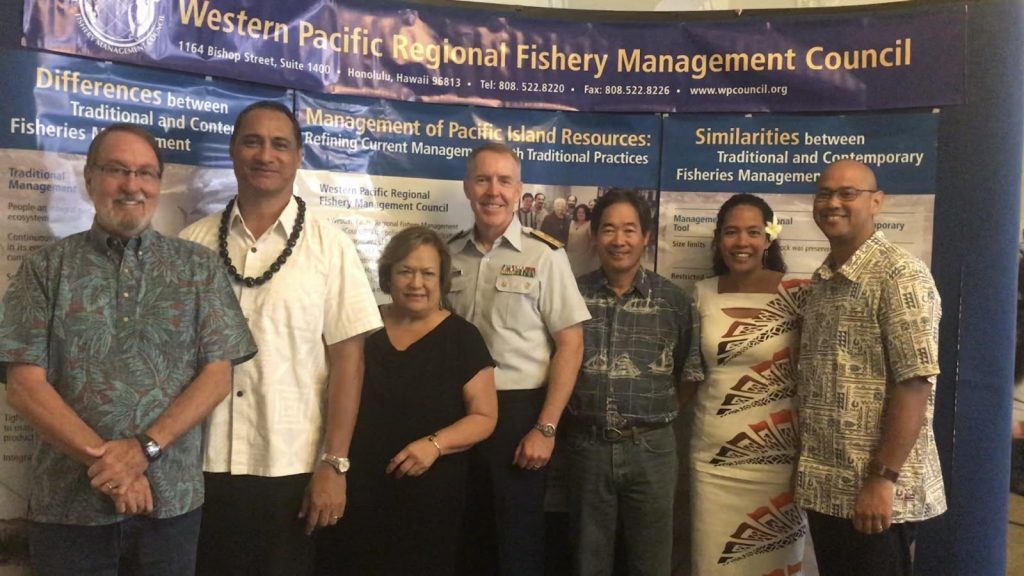November 13, 2019 — A rare Hawaiian delicacy and tightly regulated, Kona crab is a small artisanal fishery that lands but a few thousand pounds every year.
Also called spanner crab, all females must be released by fishermen, along with males of less than 4 inches carapace length. But freeing crabs from the traditional baited hoop nets can come at the cost of some crabs’ limbs.
A team of Honolulu-based researchers, funded with a Saltonsall-Kennedy grant from the NOAA Fisheries Pacific Islands regional office, is conducting a study to see how those liberated crabs fare in the wild.
Previous research suggests up to 80 percent of the crabs caught are released, according to NOAA. The consultants of Poseidon Fisheries Research are conducting the new study to follow up on 2017-2018 aquarium experiments to determine how often crabs are injured – typically losing one of more dactyls, the last segment of their limbs – and how often they survive.
That study indicated nearly 90 percent of the injured crabs survive. The new phase is a catch-and-release study that will use tags, and the help of Hawaii fishermen, to see how they really do in the ocean.

